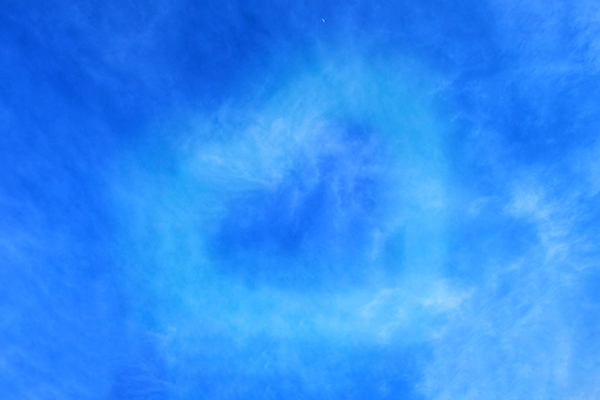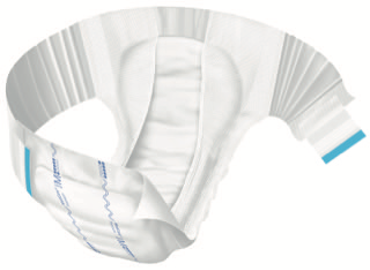Resources
19 August 2020
As a clinician, it is important that you are aware of the latest products and innovations that have the potential to improve outcomes for you and your patients. Each month, UCCT will highlight a product that is new, improved or innovative in order to keep you up to date.
Here, we present PROSHIELD◊ Skin Care, which is formulated for the prevention and management of Incontinence-associated dermatitis on both intact and injured skin.
Here, we present PROSHIELD◊ Skin Care, which is formulated for the prevention and management of Incontinence-associated dermatitis on both intact and injured skin.
19 August 2020
Patients in the community often have a long-term catheter in place and so their management inevitably becomes the responsibility of community nurses. As urinary incontinence can cause patients discomfort and have a negative impact on their day-to-day life, it is important that healthcare professionals understand the reasons for catheterisation and are aware of the different treatment options available, such as urethral and suprapubic, in order to provide patients with the most suitable device according to their needs and lifestyle. This paper explores the issues involved with indwelling catheterisation and looks at one new product range that aims to promote patient comfort and reduce associated risks.
13 August 2020
Here, Sharon Holroyd, lead CNS, Calderdale Bladder and Bowel Service; chairperson, Yorkshire ACA, defines stress urinary incontinence and the treatment options available, and reviews the evidence to support pelvic floor exercises as an effective rehabilitation for patients with symptoms of stress urinary incontinence.
03 August 2020
Nocturia is a common lower urinary tract symptom that mainly affects older people. Nocturia causes excess urination at night and, because of associated night-time rising, can also result in falls and fractures. Nocturia has a range of presentations, therefore it is vital that nurses understand how to assess the condition accurately to provide appropriate treatment. This article examines the effective assessment of nocturia, as well as detailing the various lifestyle treatment options that can be used, such as a targeted reduction of fluid intake, weight loss and altered medication profiles. Medication and surgical options should only be used following a trial of lifestyle interventions.
27 July 2020
Indwelling urinary catheters remain one of the most commonly used clinically invasive devices across the NHS and social care in the UK. The problems associated with the prolonged use of catheters are widely referenced. Healthcare-acquired infections (HCAIs) currently result in 5,000 preventable deaths a year, with 20% of all HCAIs associated with the urinary tract. Many staff have learned catheterisation techniques in their early careers, with no need for a formal review of skills and knowledge. This has perhaps contributed to some historical and now outdated tasks still being performed. The evidence for best practice when managing indwelling catheters is reflected in national and international guidelines, which have recently undergone a complete overhaul. This article explores common practices and best practice evidence to assist with safe and effective management of these essential but often risky devices.
14 July 2020
There are a variety of reasons as to why a patient may require an indwelling catheter, however, these are seldom documented or communicated across healthcare services (Codd, 2013). Thus, shortterm catheters are at risk of becoming long-term catheters in the absence of clear documentation and forward planning. The risk of infection increases the longer a urinary catheter remains in situ. This article explores the guidance available to support appropriate urinary catheter use, catheter management, documentation, forward planning and patient education for effective catheter care. How this can be implemented to support appropriate removal of urinary catheters or ongoing care for long-term urinary catheter use for patients across the primary and secondary care services is also discussed.
06 July 2020
This two-part article aims to help healthcare professionals understand constipation; the possible causes, and the anatomical and functional problems. In the first part, the author explained anatomy and physiology of the lower gastrointestinal tract, what are normal bowel motions, frequency and variation, which includes the Bristol Stool Chart to view the types of bowel motions sufferers may often experience. Here, the focus is on conservative treatment interventions for constipation, exploring the four ‘Fs’ acronym (Rex, 2013): fibre (in diet); fluids (those best for health reasons); fitness (‘if you do not move, it will not move’); and finally feet, which relates to the best sitting position to help achieve bowel evacuation successfully.
01 July 2020
Bowel dysfunction is a common problem for adults and children, and yet many people do not seek help and when they do it is not up to standard. Unmanaged symptoms impact on the health of the patient, both physically and mentally, and add extra cost to the NHS. This article, by a clinical nurse specialist working with people suffering from bladder and bowel dysfunctions, will help healthcare professionals understand the possible causes of anatomical and functional bowel problems, especially constipation, and the conservative treatment interventions. This First article in a two-part series, explains anatomy and physiology of the lower gastrointestinal tract, what constitutes a normal bowel habit, frequency and variation. The second will focus on the causes of constipation, which are often misunderstood and misdiagnosed, and how they can be assessed and managed, as well as treatment options available.
24 June 2020
As a clinician, it is important that you are aware of the latest products and innovations that have the potential to improve outcomes for you and your patients. Each month, UCCT will highlight a product that is new, improved or innovative in order to keep you up to date.
Here, we present MoliCare® Premium Elastic, a new generation slip which is designed to ease application while offering comfort and security for the wearer.
Here, we present MoliCare® Premium Elastic, a new generation slip which is designed to ease application while offering comfort and security for the wearer.
15 June 2020
The National Catheter Education Programme is a Health Education England-funded initiative to improve the care of patients with catheters. Part of this initiative is the Secret Life of Catheters programme. This article highlights the need for improvement in catheter care and explains the development of this project, which aims to drive improvements across primary and secondary settings through the large-scale delivery of a multiprofessional educational programme in catheter care. The programme explores key dilemmas that district nurses, community nurses, healthcare assistants and doctors can encounter with catheters, and provides approaches to address them. By standardising the teaching of clinical concepts and practice strategies, it is hoped that variations in practice and pockets of misunderstanding can be eliminated.









